Forum Replies Created
-
AuthorPosts
-
My starting point with this document was to consider the question: what is a liberal education? How are we defining this?
My understanding based on this reading is that liberal education is not just about filling a student’s mind with facts. Indeed, this is something directly linked to an illiberal education on page 20 where they are talking about testing and say: “To assess the outcomes of an illiberal education intended not to free the mind but to fill it…”
Instead, the object of a liberal education is to encourage students to think for themselves. To learn how to think, rather than what to think.
There are a number of references as well to lifelong learning and also to the object not being just to equip someone for their first job after graduation, so there is a sense that a liberal education does not stop on the day of graduation, but continues on throughout life as they – it is hoped – actively engage in a positive way with the democratic process and societal problems.
Having defined that, how does that then link to our discussion here at FOSIL?
One possible point is this one on page 19: “…an immersive, inquiry-based exploration of a significant problem that is defined personally by the student. Typically, these are problems amenable only to provisional solutions, which must be worked out collaboratively by bringing to bear evidence-based reasoning and considered judgment.”
Which sounds like a very FOSIL-like statement in itself.
24th March 2021 at 12:21 pm in reply to: Empowering Students to Inquire in a Digital Environment #40394In the interview Elizabeth links to with Mike Caulfield, he says: “Stuff is reaching us with minimal gatekeeping.”
I think that is the key point with digital data by comparison to print. Print has been through multiple gatekeepers: editors, publishers, booksellers and librarians. If it’s an academic article in a journal, it’s probably been peer-reviewed. However, someone can set up a website or a blog online or join a social media platform (often for free) and start sharing their own opinions. Some of these are so professional looking that it can be harder to differentiate between the reliable and the fringe. The links Jenny shared to John Royce’s articles illustrate how even things like the CRAAP Test can now flounder when faced with those circumstances, so is it so surprising that many adults do too.
Does that mean we should ditch the CRAAP Test? Maybe not. I can still see merit in teaching the points raised by it, but I think we need to look beyond it too. Appearances can be deceiving. Polished and professional looking websites can still be the home of extremist views. Perhaps we need to go back to that old adage: don’t judge a book by it’s cover.
18th March 2021 at 10:31 am in reply to: Empowering Students to Inquire in a Digital Environment #39249I think this article makes some interesting points about the mental shift required to support digital inquiry versus bibliographic inquiry. I know I have had occasions of disappearing down the digital rabbit-hole that Barbara describes and I am sure many others have too.
I think this links up to topical issues such as fake news. It is relatively straightforward for a librarian to weed through the bibliographic sources to ensure they’re reasonably accurate and reliable. Checking for out of date material is a long-accepted part of the librarian’s role. However, this is not something librarians are able to do for digital sources in the same way and students need to be able do a lot of that weeding for themselves – but that requires teaching them how to do so.
Learning how to assess the biases present in online sources, weigh up their relative merits, and decide how much weight to give to each one is an important skillset and becoming ever more so given social media’s tendency to become an echo chamber for one point of view once you start to disappear down the aforementioned rabbit-hole.
This links into the inquiry process as a whole because if you are using digital sources you need to first find them (and Barbara makes some useful comments about the need for librarians to know some of the nitty gritty of using search terms etc) but then to assess their value.
Both these points strike me of practical value that I can be quietly encouraging amongst students using the computers in my library even when they’re not doing a full-scale inquiry, but are simply trying to look something up for a smaller piece of homework.
Darryl’s point about reading digital sources is also relevant as it can, I believe, at times be easy to skim over writing on screen without really taking the information in. I watched a short video by Alex Quigley of the Education Endowment Foundation on this subject last year. The link to that and the research sources he based it on is: https://www.theconfidentteacher.com/2020/07/reading-on-screen-a-warning/
-
AuthorPosts


